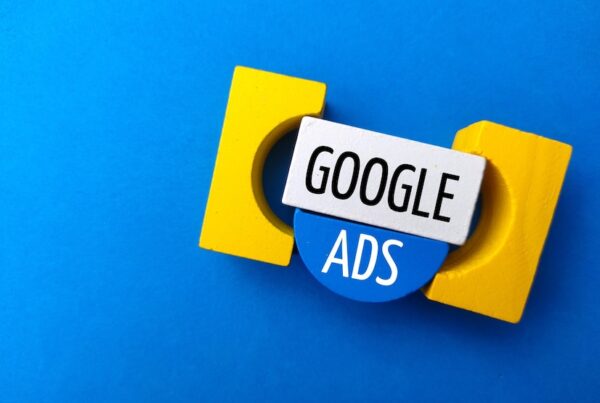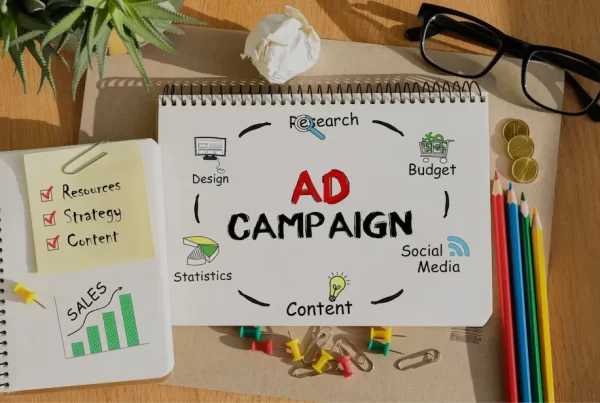Google AdWords is a powerful advertising platform that allows businesses to reach their target audience and drive valuable traffic to their websites. However, simply creating AdWords campaigns is not enough to guarantee success. To achieve optimal results, it’s crucial to focus on improving the relevance and performance of your ads. In this comprehensive guide, we will explore effective strategies and techniques to enhance the relevance of your AdWords campaigns and boost their overall performance. By implementing these tactics, you can attract more qualified leads, increase click-through rates, and maximize your return on investment (ROI).
Conduct Thorough Keyword Research:
Keyword research forms the foundation of a successful AdWords campaign. Start by identifying relevant keywords that align with your business, products, or services. Utilize keyword research tools like Google Keyword Planner, SEMrush, or Moz Keyword Explorer to discover high-volume and low-competition keywords. Focus on long-tail keywords that are specific to your offerings, as they tend to attract more qualified traffic. Continuously monitor and refine your keyword list based on performance data and search trends to ensure your ads remain relevant and targeted.
Optimize Ad Copy and Extensions:
Craft compelling and relevant ad copy that speaks directly to your target audience. Highlight unique selling points, benefits, and special offers to entice users to click on your ads. Utilize an action-oriented language that creates a sense of urgency or excitement. Additionally, make use of ad extensions like site links, call extensions, and structured snippets to provide additional information and increase visibility. Test different variations of ad copy and extensions to identify the most effective combinations and continually optimize them based on performance metrics.
Improve Landing Page Relevance and User Experience:
Ensure that the landing pages your ads lead to are highly relevant to the keywords and ad copy. The landing page should provide a seamless and user-friendly experience, with clear and concise information related to the ad’s messaging. Optimize the landing page’s loading speed, mobile responsiveness, and overall design to enhance user experience and decrease bounce rates. Include prominent calls-to-action (CTAs) that guide visitors toward the desired action, whether it’s making a purchase, filling out a form, or contacting your business. Continuously monitor landing page performance and make necessary adjustments to improve conversion rates.
Utilize Ad Scheduling and Location Targeting:
Take advantage of AdWords’ ad scheduling feature to control when your ads are displayed. Analyze your target audience’s behavior and identify the times and days when they are most active. Schedule your ads to appear during these peak periods to maximize visibility and engagement. Additionally, leverage location targeting to focus your ads on specific geographic regions where your target audience is located. Refine your location targeting based on performance data and adjust bids accordingly to ensure your ads are displayed to the most relevant audience.
Implement Remarketing Campaigns:
Remarketing allows you to target users who have previously interacted with your website. Set up remarketing campaigns to re-engage these users and bring them back to your site. Craft tailored ad messaging that reminds them of their previous interaction and offers incentives to return. Segment your remarketing audience based on their behavior on your site, such as specific pages visited or actions are taken. This allows you to deliver highly relevant ads and increase the chances of conversions. Continuously optimize your remarketing campaigns by testing different creatives, offers, and audience segments to maximize their effectiveness.
Monitor and Analyze Performance Metrics:
Regularly monitor and analyze key performance metrics such as click-through rates (CTRs), conversion rates, cost per click (CPC), and return on ad spend (ROAS). Use the data to identify areas of improvement and optimize your AdWords campaigns accordingly. Look for keywords with low CTRs or high CPCs and consider adjusting bids or refining your ad copy. Identify underperforming ad groups and landing pages and make necessary adjustments to improve their relevance and conversion rates. Use A/B testing to experiment with different elements, such as headlines, call-to-action buttons, or ad extensions, and analyze the impact on performance. By consistently monitoring and analyzing performance metrics, you can make data-driven decisions to optimize your campaigns and drive better results.
Leverage Audience Targeting and Ad Customization
Take advantage of audience targeting options to reach specific segments of your target audience. Utilize features like demographic targeting, affinity audiences, or custom intent audiences to narrow down your ad’s reach to the most relevant users. Customize your ads to resonate with different audience segments by highlighting specific benefits or addressing their pain points. This personalization can greatly improve relevance and click-through rates. Continually refine your audience targeting based on performance data and adjust your ad customization to ensure maximum impact.
Utilize Ad Extensions and Ad Formats:
Ad extensions offer additional opportunities to enhance the visibility and performance of your ads. Make use of extensions like site links, call extensions, location extensions, or review extensions to provide more information, increase click-through rates, and improve user experience. Experiment with different ad formats, such as text ads, display ads, or responsive search ads, to determine which formats generate the best results for your campaigns. Continuously test and optimize your ad extensions and formats to maximize their effectiveness and drive higher engagement.
Implement Smart Bidding Strategies:
Smart bidding strategies, such as Target CPA (Cost Per Acquisition), Target ROAS (Return on Ad Spend), or Enhanced CPC (Cost Per Click), leverage machine learning and automation to optimize your bids and maximize performance. These strategies take into account various factors, including device, location, time, and audience, to automatically adjust bids for each auction. Implementing smart bidding can save time and improve the efficiency of your campaigns by letting the system make bid adjustments based on real-time data. Continuously monitor the performance of your smart bidding strategies and make adjustments as needed to achieve your desired goals.
Regularly Test and Iterate:
The key to continuous improvement in AdWords is to embrace a culture of testing and iteration. Test different elements of your campaigns, such as ad copy, landing pages, targeting options, or bidding strategies, to identify what works best for your specific goals. Conduct A/B tests with clear objectives and measure the impact on performance metrics. Iterate and optimize based on the insights gained from these tests. Keep up with industry trends and stay informed about new features and updates in AdWords to ensure you are using the latest tools and strategies to drive relevance and performance.
Conclusion:
Improving the relevance and performance of your AdWords campaigns requires a strategic and data-driven approach. By conducting thorough keyword research, optimizing ad copy and extensions, improving landing page relevance and user experience, utilizing ad scheduling and location targeting, implementing remarketing campaigns, monitoring performance metrics, leveraging audience targeting and customization, utilizing ad extensions and formats, implementing smart bidding strategies, and regularly testing and iterating, you can drive better results and maximize the effectiveness of your AdWords campaigns. Remember that success in AdWords is an ongoing process, and continuous optimization and adaptation are key to achieving long-term success.











